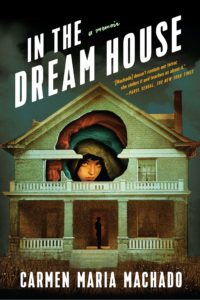
Carmen Maria Machado’s memoir In The Dream House takes a look at an emotionally abusive relationship between the author and her girlfriend through short chapters about The Dream House, which is really a home of nightmares where Machado spent weekends with her girlfriend. Using references to folk literature and movies, Machado explores the nature of abusive relationships and explains why she stayed.
Why I picked it up: In The Dream House came out last fall, and the reviews were amazing. I’ve had this library copy in the house since the beginning of the pandemic, and now the dropboxes are opening up so I need to return this by the end of the month. Nothing like a deadline to get you to read a book…
I really liked In The Dream House. It’s not an easy read, so be warned. Machado’s girlfriend – loving and magnetic in the beginning, turns jealous, irrational and abusive as their relationship progresses. The author is always anxious, worried about triggering rage in her partner and afraid of the consequences. She sacrifices much of her year in graduate school commuting between Iowa and Indiana to visit the Dream House, using the hours on the trip home to recover and convince herself that the relationship is healthy. The relationship, even when over, leaves Machado scarred and gun-shy, with little perspective about what went wrong. “Clarity is an intoxicating drug, and you spent almost two years without it, believing you were losing your mind, believing you were the monster, and you want something black and white more than you’ve ever wanted anything in this world.” In the next page, she writes, “Trauma has altered my body’s DNA.”
Machado talks a lot about the nature of same-sex partner abuse, which gets less attention and is awarded less legitimacy than heterosexual partner abuse by courts and the media. In The Dream House rebukes the notion that same-sex abuse is easier to escape or avoid in the first place. Just because two partners are women doesn’t mean that one cannot be abusive or difficult to extricate from. She explores dislocation and isolation – two common features that abusers capitalize on – and gaslighting, or convincing someone that they are crazy when they react to abuse.
The Dream House is both the physical location where Machado and her girlfriend spent time together, but it is also a prison, the symbol of their relationship at its worst Each chapter of In The Dream House puts the experience in a different literary or cultural context – Dream House as the Apocalypse, Dream House as Surprise Ending, Dream House as I Love Lucy, etc. This construct gave the book variety and texture, expanding the story well beyond a chronicle of one relationship to a more universal treatise on the nature of partner abuse and its causes and effects.
Memoirs have been my most successful genres for pandemic reading, and In The Dream House did not disappoint. Highly recommended.
In The Dream House was Book #29 of 2020.

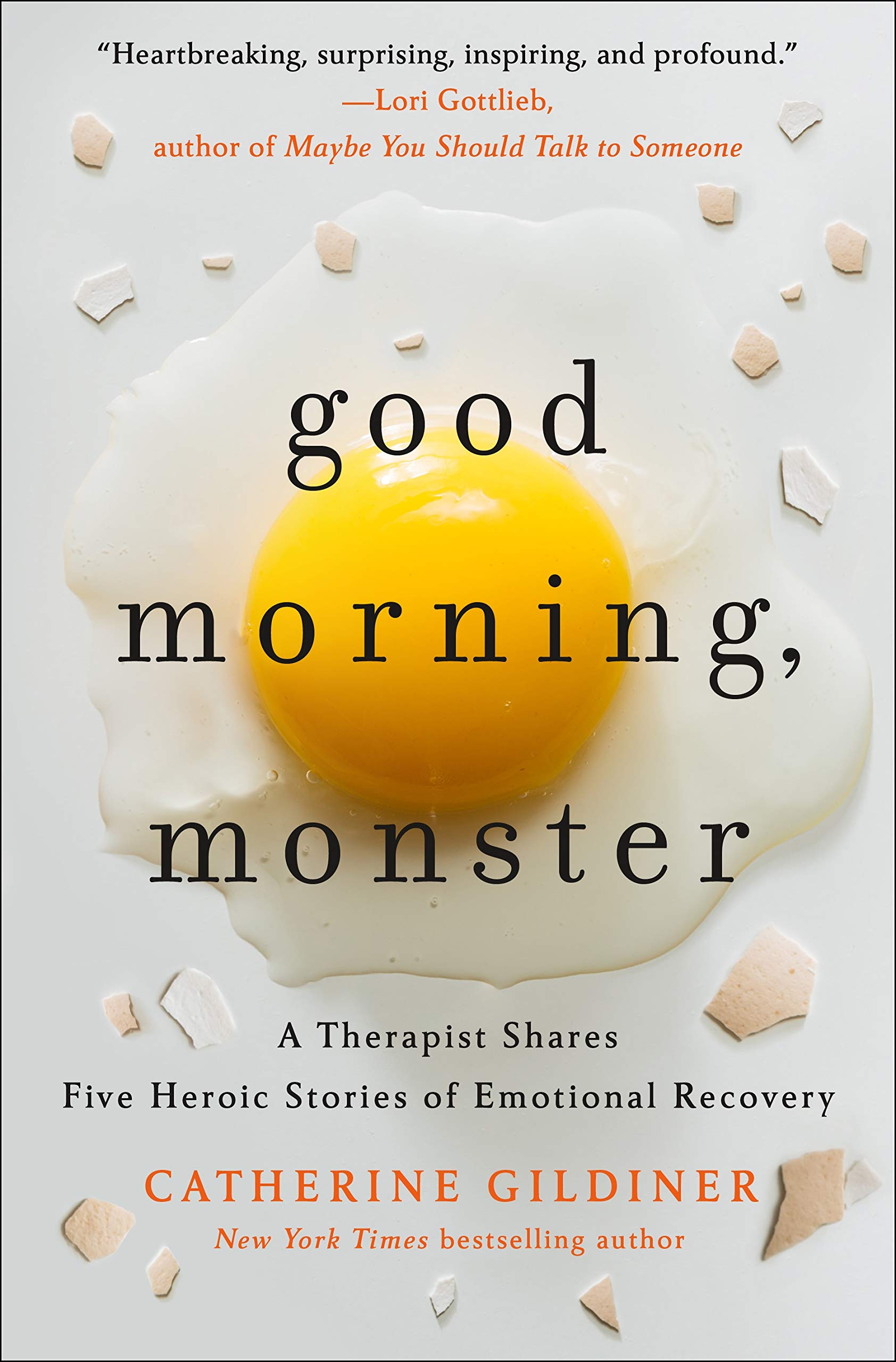
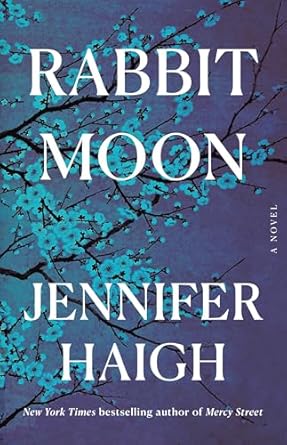

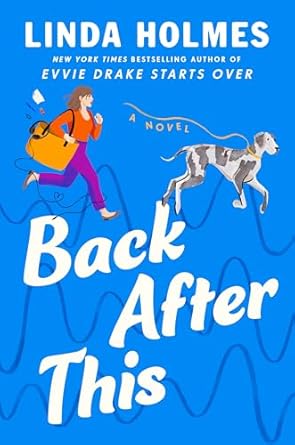
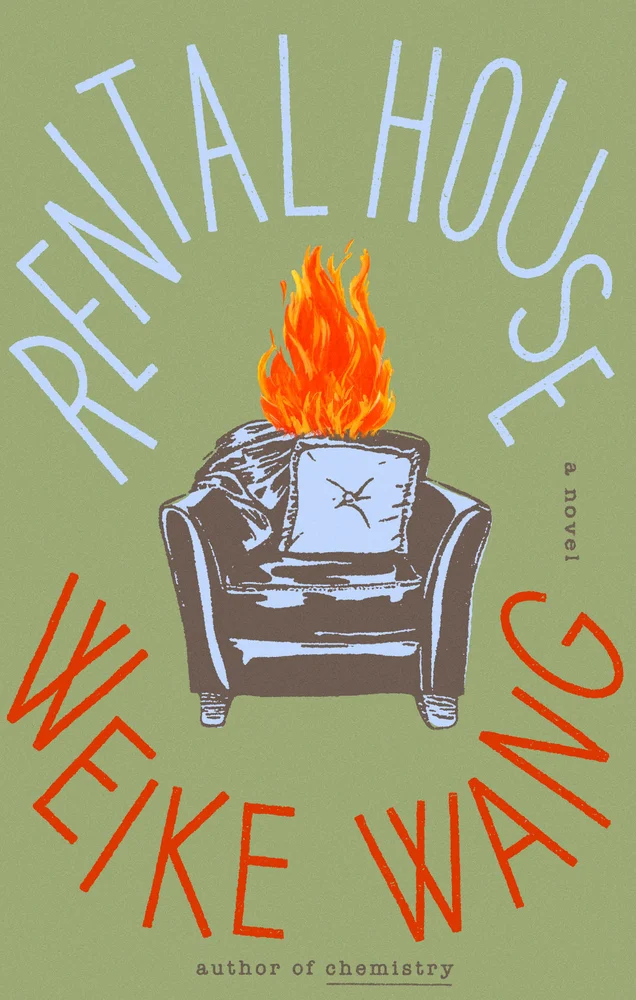
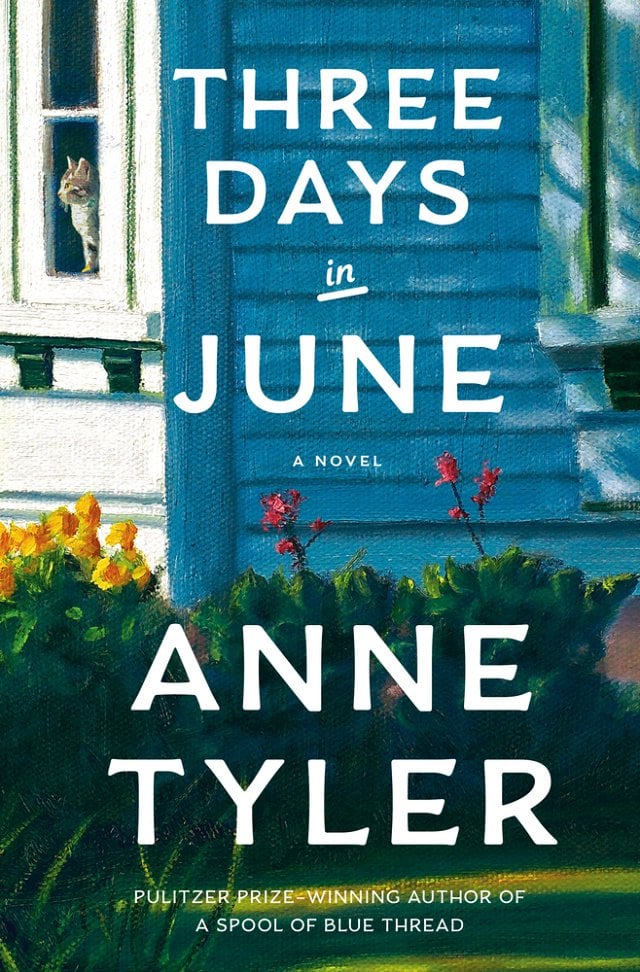

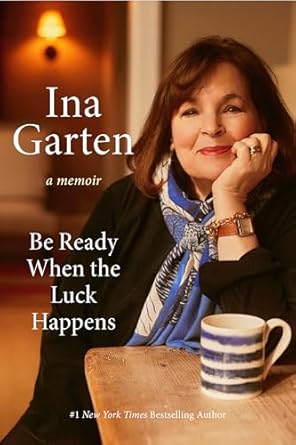
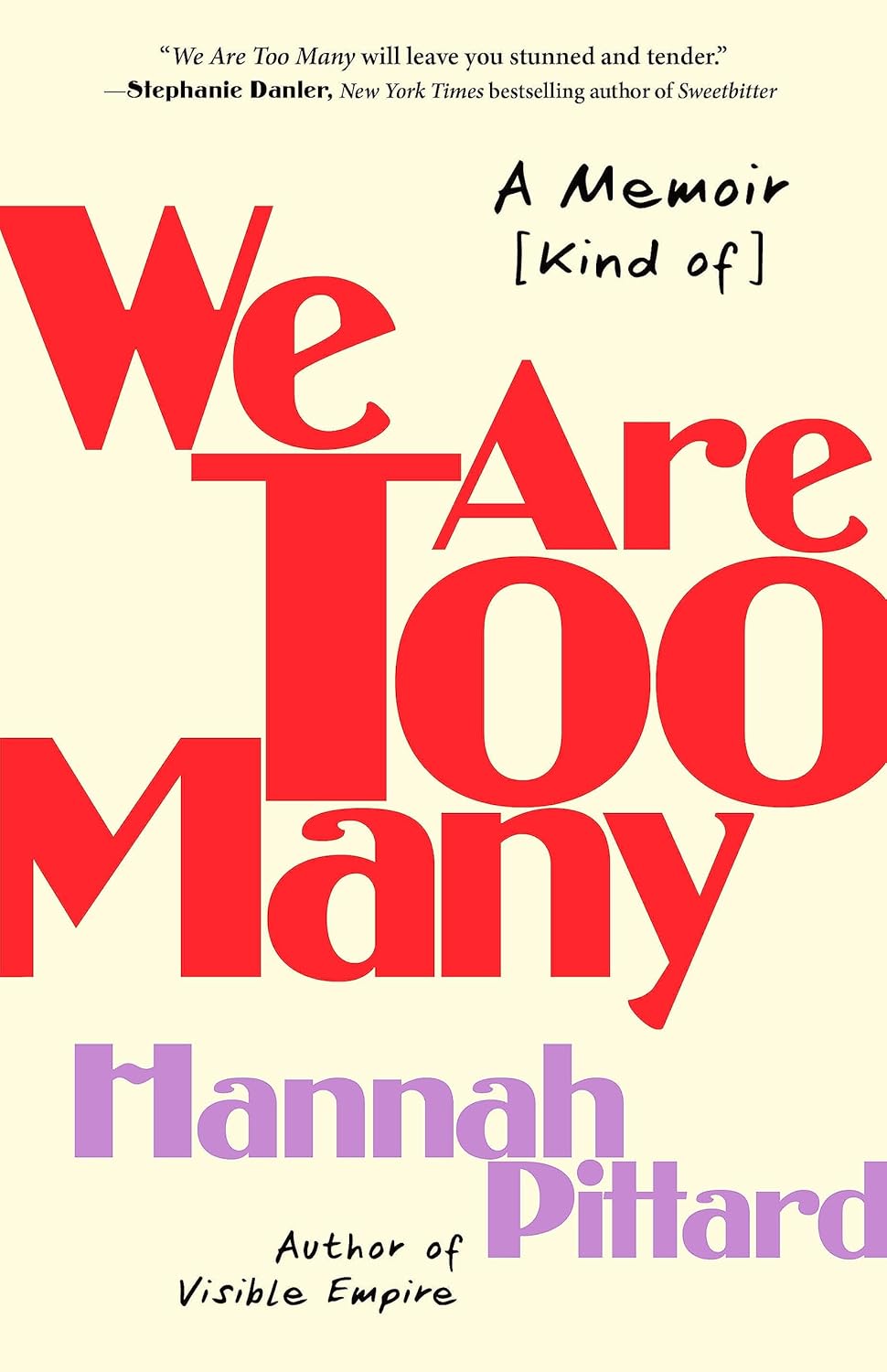
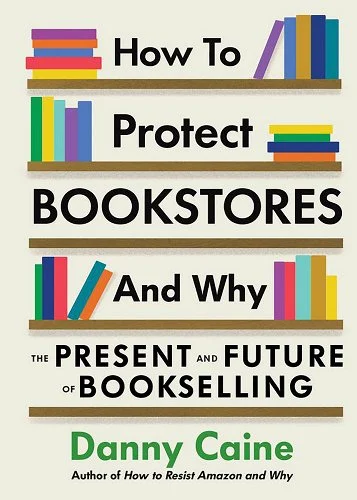
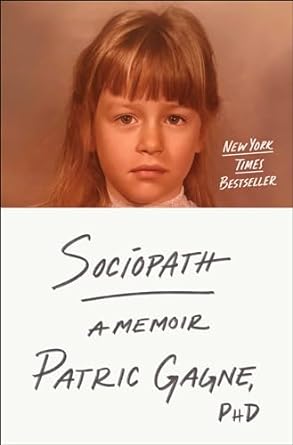
About Me
I have been blogging about books here at Everyday I Write the Book since 2006. I love to read, and I love to talk about books and what other people are reading.